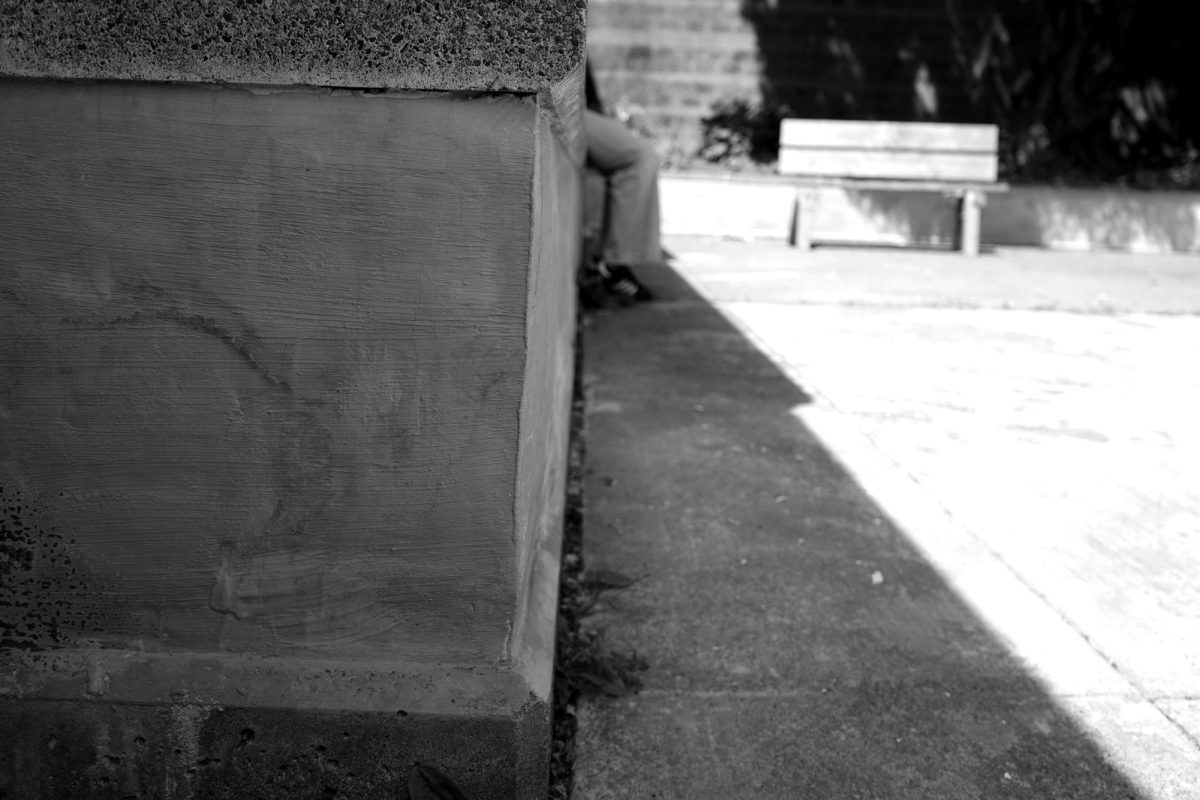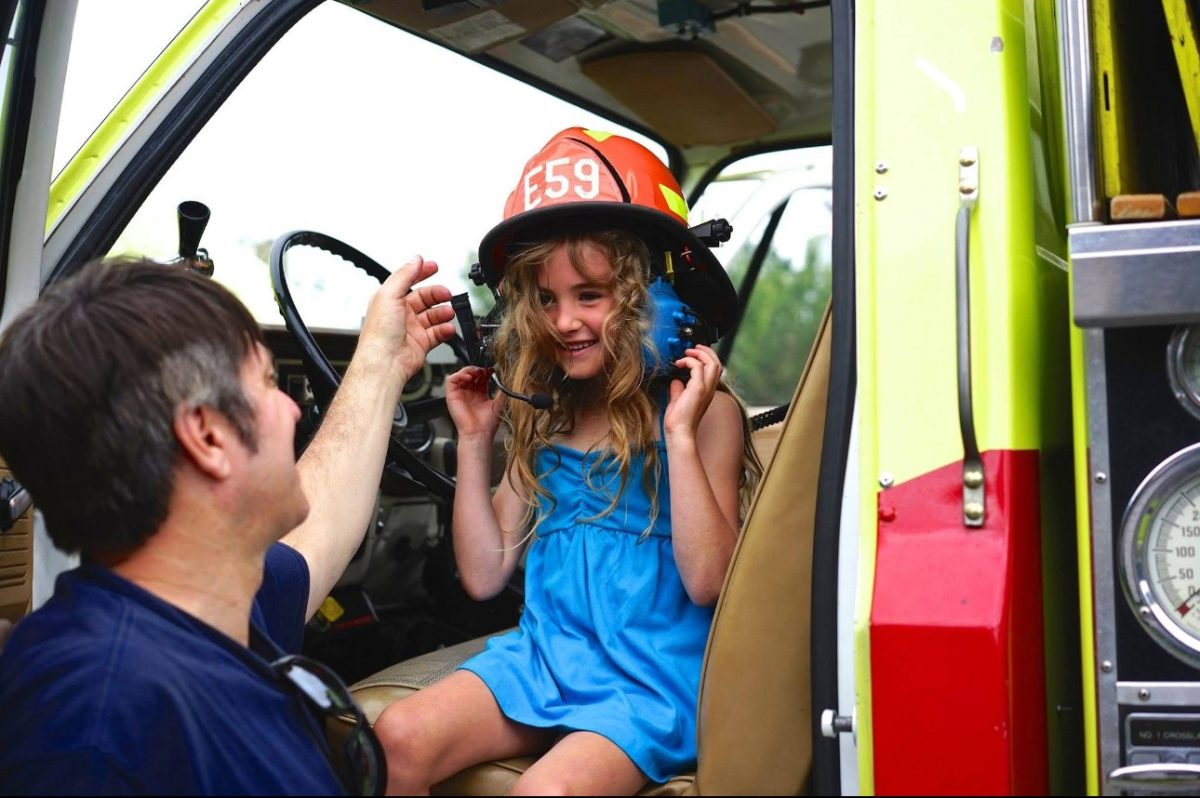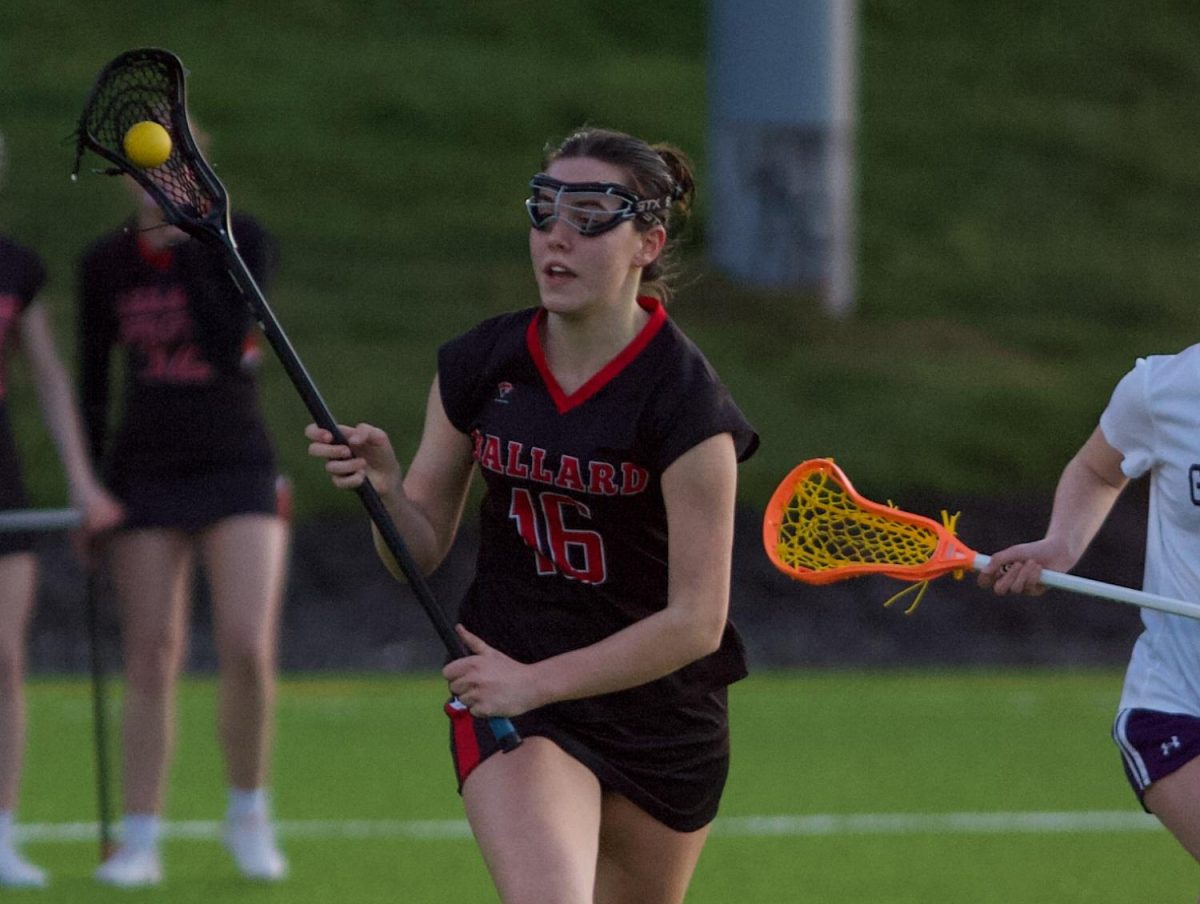The best of “Pop Departures” is the new and unseen
Greta Rainbow, Managing Editor
Originally published November 2, 2014
Seattle Art Museum Study for Vicki! 1964 Roy Lichtenstein, American, 1923 – 1997 Oil and magna on paper
Seattle Art Museum’s new exhibition spans five decades and is mostly chronological, the first pieces being Roy Lichtenstein’s comic strip inspired panels. These reflect the rest of the show, with their recognizable red-and-yellow palette, clean lines, and bold text, while still managing to surprise viewers with delicate pencil lines and varied textures.
Walking through the exhibition is like slowly driving down a highway, studying billboard after billboard. Tom Wesselmann’s “Great American Nude No. 66,” 1965, is trying to achieve this exact effect— the flatness of a billboard and grab-your-attention lines— in order to comment on the public fetishization of the female nude.
Robert Heinecken is not as famous a name, and his series of collages, “Recto/Verso,” 1989, is not a typical pop art medium. By darkroom manipulation of advertisements, he creates beautiful distortions (women with three eyes and two mouths) that confront viewers about the superficiality of media.
“I remember seeing that in a magazine,” commented a visitor as they passed a photograph; most will recognize several pieces, regardless of their arts background. “Pop Departures” is as much of a historical show as it is artistic. Andy Warhol’s “Little Red Book,” one of the small surprises of the exhibition, is based on Chinese communist leader Mao Zedong’s original propaganda- a selection of excerpts from his speech and writings. Warhol’s more renowned canvases feature Jackie Kennedy, Elvis Presley and Marilyn Monroe. This incorporation of current events and fads puts a time stamp on pop art. Fame is fleeting, and it’s debatable whether celebrities are preserved in the artwork or if the artwork is stuck in the stars’ glory days.
The most interesting parts of the exhibition are indeed the departures from the classic and iconic. Margarita Cabrera’s “Vocho (Yellow),” 2004, is a life-size car whose body is made of vinyl. The pop art influence is there, with the bright colorism and a focus on commercialism and the global economy, but it’s different, and that’s more exciting. Another contemporary artist, Amie Siegel, is featured with her video projects, “My Way (1 and 2),” 2009, which explore fame through a compilation of YouTube videos, one of teenage girls in their bedrooms performing High School Musical’s “Gotta Go My Own Way,” and another of middle-aged men singing Frank Sinatra’s “My Way.”
Much of “Pop Departures” is less fresh, more nostalgic. Yet the earlier icons still impress, and serve as a “point of departure” for the artists we haven’t seen before.
The exhibition runs through Jan 11, 2015.
Admission is $12.50 for students.
Monday – Tuesday: CLOSED
Wednesday: 10 a.m. – 5 p.m.
Thursday: 10 a.m. – 9 p.m.
Friday – Sunday: 10 a.m. – 5 p.m.
Seattle Art Museum
Seduction 1986 Lynn Hershman Leeson, (American, Born 1941), Gelatin silver photograph
Seattle Art Museum
Baked Potato 1966 Claes Oldenburg, American, (born in Sweden), 1929 Cast resin, painted with acrylic, Shenango china dish



























